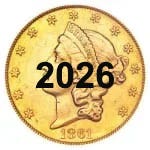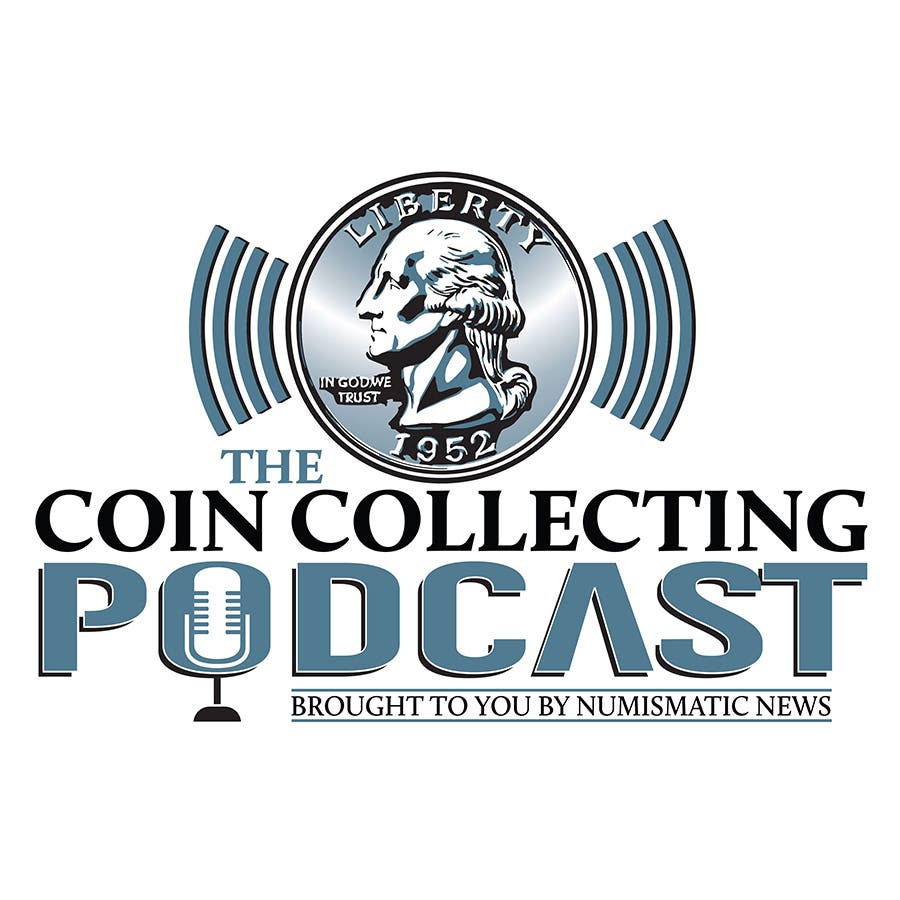This article was originally printed in the latest issue of Numismatic News.
>> Subscribe today!
What is a “blackout” nickel?
This question drew a lot of blank stares from the experts until it was finally traced to our northern neighbors, where it was one of the less objectionable nicknames for the despised tombac brass five cents of World War II, struck by the Canadian government in 1942 (beaver) and 1943 “V” for Victory design.
The 88 percent copper and 12 percent zinc (brass) alloy quickly turned the color of a cent and in dim light could easily be confused with it, much the same problem as with the 1943 U.S. cent that more than once was mistaken for a dime.
How is the price established for a really rare coin such as the 1854-D $3 gold piece?
Since a rare coin is not likely to come on the market often enough to establish a value through the normal channels of commerce, the hobby in most cases turns to auction results. An auction is about as close as you can come to establishing a value, although even there the final figure might be skewed by active bidding between two or more interested buyers.
When was the first million dollar sale of a single private coin collection?
The Stack’s auction of the George F. Scanlon collection held Oct. 24-27, 1973, realized $1,093,890. Scanlon began collecting at the age of 65, and the collection sold was less than 10 years old.
Since I found a coin in circulation that is quite rare and quite valuable, there’s no need to authenticate it, is there?
Many novice collectors make the grave mistake of presuming that anything found in circulation “has” to be genuine, merely because it was in fact circulating. This is a potentially serious miscalculation, frequently made for both regular coins and for minting varieties. Many coins that have been altered or damaged accidentally or deliberately get into circulation.
I found a single specimen of a minting variety in a roll of coins. Isn’t that rather strange?
This question has come to the fore since the intense interest in the 1995 doubled-die cents. It’s not strange at all to find a single specimen from a given die in a roll, or even a bag. A typical roll of coins may contain coins from a dozen or more different coin presses. The output from the different coin presses is randomly mixed as the coins are dumped into gondolas or transported by a conveyor system.
More Coin Collecting Resources:
• Subscribe to our Coin Price Guide, buy Coin Books & Coin Folders and join the NumisMaster VIP Program









